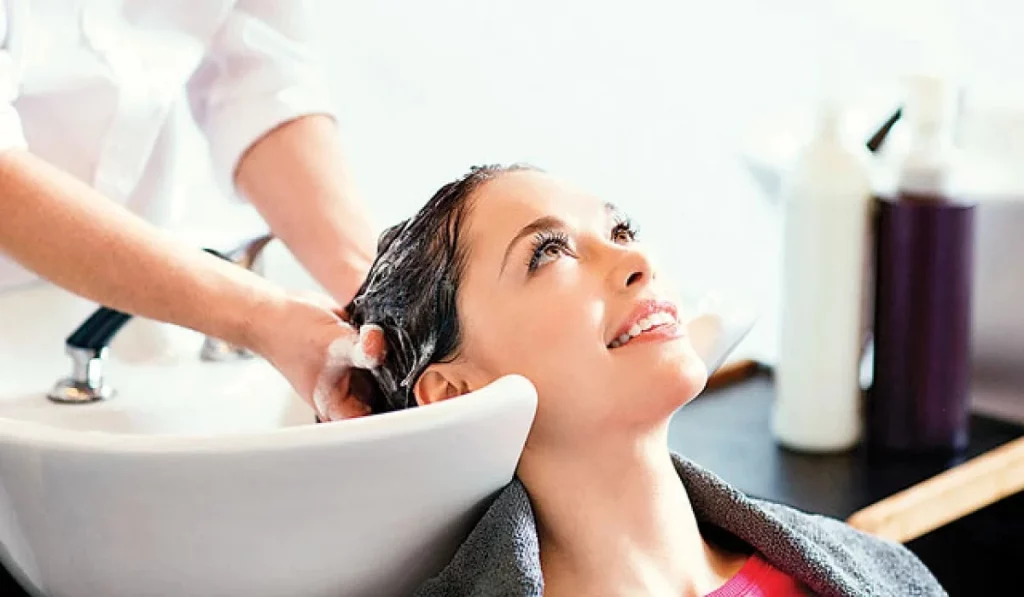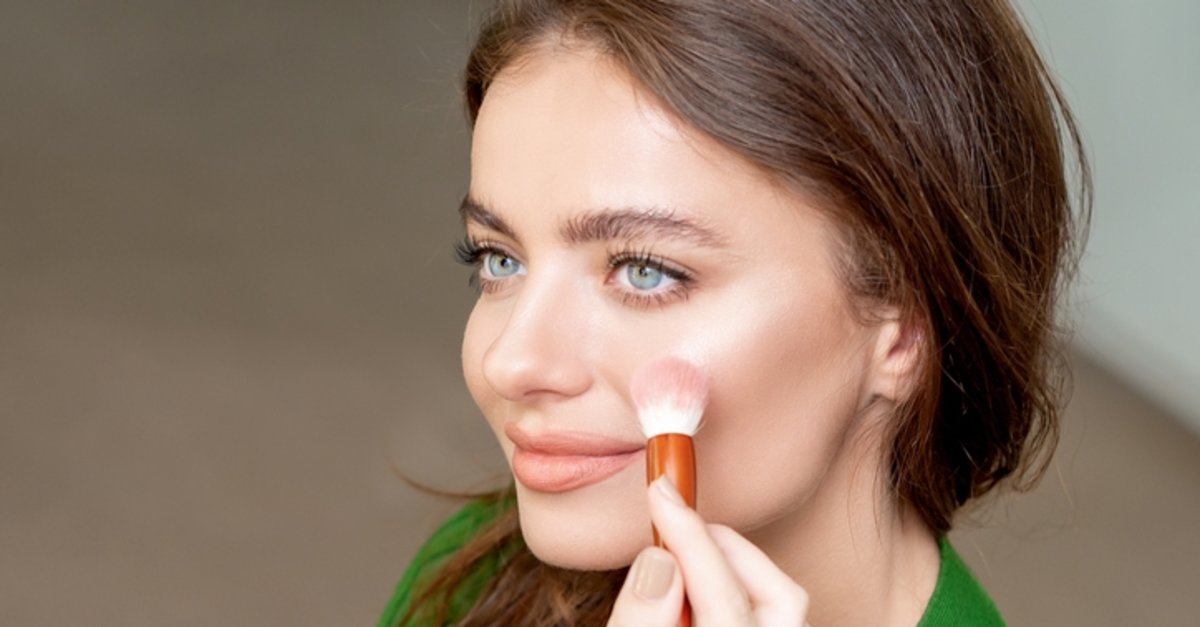Hair masks are a cornerstone in the quest for healthy, vibrant hair, offering targeted treatments to address a plethora of hair woes. This article sheds light on the importance of hair masks, elucidates the various types available for different hair issues, highlights key ingredients to seek out, shares DIY recipes for those who love a homemade touch, and recommends commercial options that promise to bring about a transformation in your hair health.

Hair Masks
Why Your Hair Desperately Needs Them
Hair masks go beyond the surface, offering deep nourishment and repair unlike everyday conditioners. They’re specially formulated to penetrate deeply into the hair shaft, delivering essential nutrients and moisture to repair, strengthen, and rejuvenate hair from within.
The Mechanism Behind Hair Masks
These potent treatments work by filling in the gaps in the hair’s cuticle, caused by damage through styling, environmental factors, or chemical treatments. By doing so, they not only restore the hair’s health but also protect it from future damage, making hair more manageable, softer, and shinier.
Diverse Types of Hair Masks
Finding Your Perfect Match
- For Dry, Damaged Hair: Look for masks rich in hydrating ingredients like natural oils and butters, which can replenish moisture and repair damage.
- For Oily Hair: Lightweight, balancing masks that regulate oil production without stripping the scalp are ideal.
- For Color-Treated Hair: Color-preserving masks that offer UV protection and deep hydration to prevent color from fading and maintain hair health are crucial.
- For Thin or Fine Hair: Volumizing masks that provide lightweight nourishment and body without weighing hair down are best.
Ingredients to Look For
The Building Blocks of Effective Hair Masks
- Natural Oils and Butters: Ingredients like coconut oil, argan oil, and shea butter are excellent for moisture and shine.
- Proteins and Amino Acids: These strengthen the hair shaft, aiding in repair and resilience against breakage.
- Humectants and Emollients: Glycerin, aloe vera, and honey attract and retain moisture, keeping hair hydrated and soft.
DIY Hair Mask Recipes
Your Kitchen Could Hold the Key
- Avocado and Honey Mask: Perfect for hydration and shine, thanks to avocado’s natural fats and honey’s humectant properties.
- Coconut Oil and Banana Mask: Ideal for repairing and moisturizing, with coconut oil’s deep-penetrating moisture and banana’s beneficial minerals.
- Egg and Olive Oil Mask: A protein-rich mix that strengthens hair, with egg providing protein and olive oil ensuring softness and shine.
Commercial Hair Masks Worth Trying
Expert Picks for Every Hair Concern
- Best for Moisturizing: Look for masks with hyaluronic acid or glycerin that draw moisture into the hair.
- Best for Repairing: Masks with keratin or amino acids can help rebuild the hair’s structure.
- Best for Volume: Lightweight formulas with protein can boost body and fullness without residue.
Applying Hair Masks Correctly
Techniques That Maximize Efficacy
A step-by-step guide to application ensures that hair masks work as intended, highlighting the importance of sectioning hair, applying evenly from mid-length to ends, and using heat or a shower cap to enhance penetration.
Timing Is Everything
The frequency and duration of mask application can vary depending on hair type and condition, but generally, once a week for 20-30 minutes is a good rule of thumb for most hair types.

The Lifelong Benefits of Regular Use
A Commitment to Your Hair’s Health
Consistent use of hair masks can lead to sustained improvements in hair texture, strength, and overall health, making them an indispensable part of any hair care routine.
The Most Effective Hair Masks to Try
Curated Recommendations for Stellar Results
This section will detail top selections for hair masks, considering various hair types and concerns, ensuring you find a product or recipe perfectly matched to your needs.
Navigating Common Pitfalls
Ensuring You Get the Most Out of Your Hair Mask
Avoiding common mistakes, such as using too much product or choosing a mask ill-suited for your hair type, can greatly enhance the effectiveness of hair masks.
Addressing common questions and misconceptions about hair masks plays a crucial role in educating individuals on their benefits and proper usage. This not only demystifies their application but also highlights their importance in a comprehensive hair care regimen. Let’s dive into some of these questions to provide a clearer understanding:
- What exactly is a hair mask, and how does it differ from conditioner?
- A hair mask is a deep conditioning treatment that penetrates deeper into the hair to repair, hydrate, and nourish from the inside out. Unlike regular conditioners, which primarily work on the surface to smooth and detangle, hair masks have richer formulations that provide intensive moisture and repair to damaged hair.
- How often should I use a hair mask?
- The frequency depends on your hair type and condition. Generally, for dry or damaged hair, using a hair mask once a week is recommended. If your hair is particularly healthy or oily, you might reduce the frequency to once every two weeks or even once a month.
- Can I use a hair mask on oily hair?
- Yes, even oily hair can benefit from a hair mask, especially those formulated for oily hair types. These masks are designed to balance oil production without stripping the hair of its natural oils, providing hydration and nourishment to the hair and scalp.
- Do I apply a hair mask to wet or dry hair?
- Most hair masks are designed to be applied to freshly shampooed, towel-dried hair. Applying to wet hair helps the mask’s ingredients penetrate more effectively. However, some masks are formulated for dry application; always refer to the product’s instructions.
- How long should I leave a hair mask in my hair?
- The recommended time can vary by product, but generally, leaving a hair mask in your hair for about 20-30 minutes is effective. Some intensive treatments might suggest leaving the mask on overnight for deep conditioning.
- Can hair masks replace my conditioner?
- While hair masks provide deep conditioning, they are not intended to replace your daily conditioner. Conditioners are formulated for regular use after shampooing to detangle and smooth the hair cuticle, while hair masks are more intensive treatments used less frequently to deeply nourish and repair.
- Do hair masks help with hair growth?
- While hair masks themselves don’t directly cause hair to grow, they can improve hair health, which in turn supports healthy hair growth. By moisturizing the hair, repairing damage, and strengthening hair strands, hair masks can reduce breakage and make hair appear thicker and fuller.
- Should I rinse out a hair mask?
- Yes, you should thoroughly rinse out the hair mask with lukewarm water after the recommended time has passed. This ensures that no residue is left behind, which could weigh down your hair or make it look greasy.
A Journey Towards Healthier Hair
Embracing hair masks as part of your hair care routine is an investment in the long-term health and beauty of your hair. Whether you prefer the personalized touch of DIY masks or the convenience of commercial products, the key to unlocking luxurious locks lies in regular, mindful use tailored to your hair’s unique needs.
Addressing common questions about hair masks can help demystify their use and encourage more individuals to incorporate these beneficial treatments into their hair care regimens.








